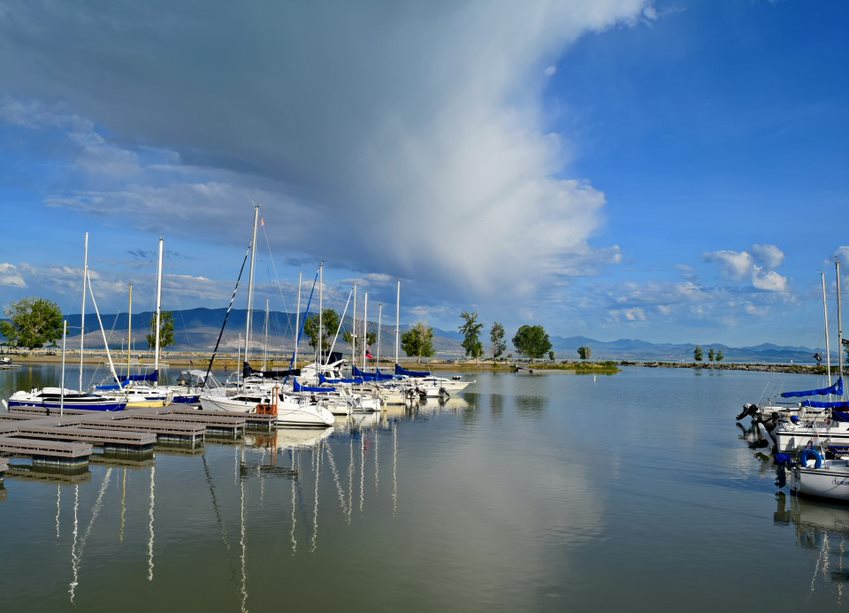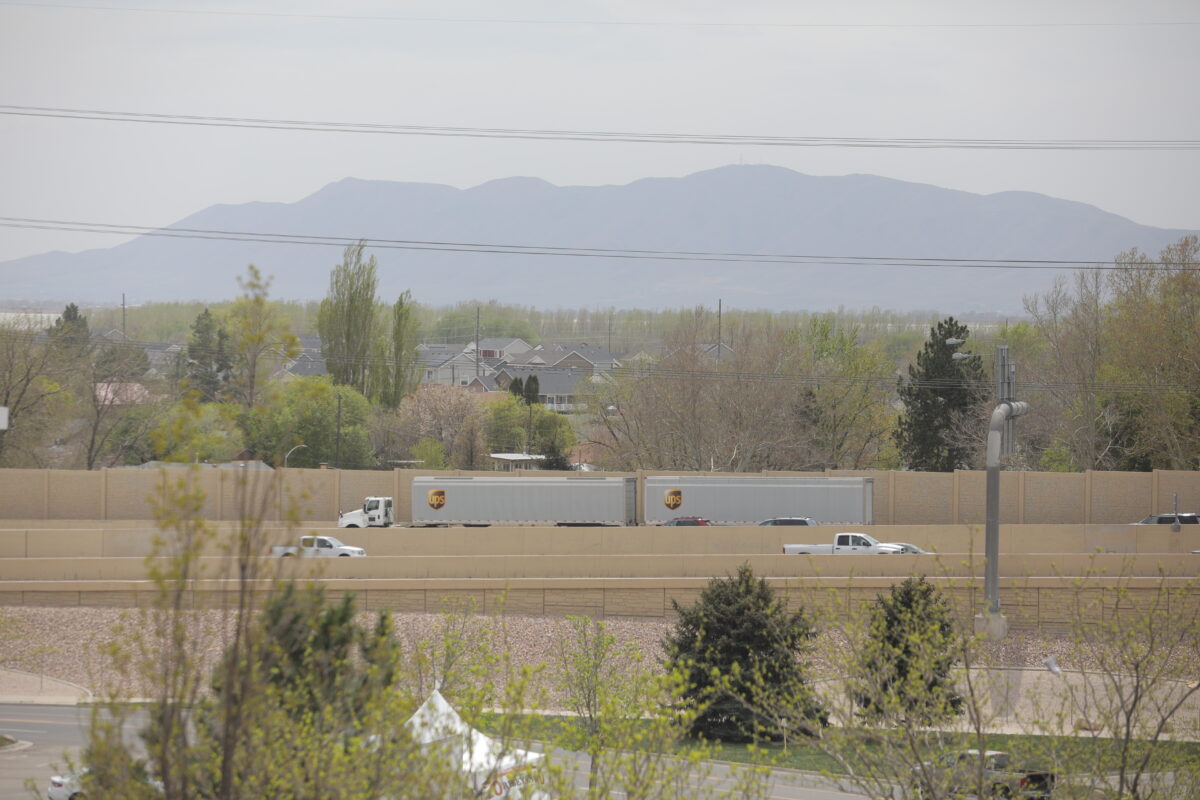Provo’s West Side story
Unlike the famous musical, Provo’s “West Side Story” doesn’t have sharks — but it does have plenty of jets.
From the earliest recorded history, American Indian tribes were drawn to the shores of Utah Lake in west Provo every summer, where fishing, basket weaving and agriculture were their economic means of survival.
Over time, the agricultural culture of Provo’s west side has not altered much. There is still fishing, farm land abounds and reeds are still used in basket weaving. Modern history, however, is showing the west side is ready to grow into its potential — and as it has always been, the Provo Airport is the catalyst for the west side to truly take off.
While the new terminal is opening the gates of the city to busy travelers and excited families, this isn’t a new airport. The Provo Airport, named Provo Flying Service from 1940-1942, was heavily used in the 1940s. Responding to a need for World War II pilots and guided by an Army Corps of Engineers project, Merrill and Lucile Christopherson started the fledging airport on a “wing and a prayer.”
For more than 80 years, the Provo Airport has not only comfortably cohabited with its few neighbors, whether human or fowl, it has provided protection of the west side’s quieter way of life, while providing economic benefits for the community as a whole.
“The west side became a priority for Mayor Michelle Kaufusi when she took office,” said Isaac Paxman, Provo’s deputy mayor. “Having knocked on so many doors, she quickly realized the west side felt neglected by the city.”
In response, much work has been done to secure funding for vital infrastructure projects, including new sewer lines, to allow those on the west who want to build to do so. At the same time, Kaufusi recognizes and appreciates that many on the west side want to preserve their way of life, Paxman added, so she’s encouraged the preservation of vast parcels of agricultural land, including through conservation easements.
With a population nearing 120,000, Provo is the fourth largest city in Utah and in many arenas, such as livability, economic development and safety, it is tops in the nation. People are drawn to Provo, whether to live, visit or work, making the opening of the new airport terminal important to not only Provo but also regionally in Utah County and the entire State, according to Paxman.
“Provo City is taking flight,” Kaufusi said. “The cooperative government investment in vital infrastructure is an example of seizing opportunities and creating economic momentum benefiting the entire state of Utah.”
Community builders wanted
“The best way to predict the future is to create it yourself,” Kaufusi said, quoting Abraham Lincoln.
The Provo Airport will bring many to Provo’s west side for the first time — or for the first time in a long time. What they may be surprised to find is a community on the rise. As both the largest city and the seat of Utah County, Provo is bustling.
Previously lacking the transportation access of the east side and geographically divided by Interstate 15, western Provo has continued its quiet way of life. But with significant infrastructure investments on Provo’s west side, momentum is building for enhanced economic opportunity for what is now the fastest-growing area of town.
“Provo stands at a time of great opportunity with generational projects underway that will solidify its role as the central business district of Utah County, but also preserve our unique character and high quality of life,” Kaufusi said.
As Provo’s current and first female mayor, Kaufusi identified four Provo pillars critical for the community’s long-term success: Welcoming, Safe and Sound, Economically Vibrant and Forward-Looking. “Securing Provo’s long-term economic vibrancy is a top priority. Being honored as the nation’s best-performing large city by the Milken Institute two years running is a reflection of what we have known all along — Provo is the best place to live and do business,” she said.
Provo’s “West Side Story” will continue to be unique and compelling, with infrastructure investment being key to its ability to soar into the future. Where once west Provo, with its limited access, felt like an out-of-the-way adventure, now well under construction, the completion of the four-lane Lakeview Parkway will bring opportunities for nearly 1,000 acres of undeveloped land.
- This photo shows the Provo boat marina at Utah Lake on the west end of Center Street just north of the Provo Airport.
- Land at 1471 S. Geneva Road in Orem is pictured Wednesday, Dec. 11, 2019. The location is now the site of the Orem Utah Temple.
- Homes are seen in Provo’s west side across I-15 on Thursday, April 28, 2022.
- Homes are seen in Provo’s west side across I-15 on Thursday, April 28, 2022.











